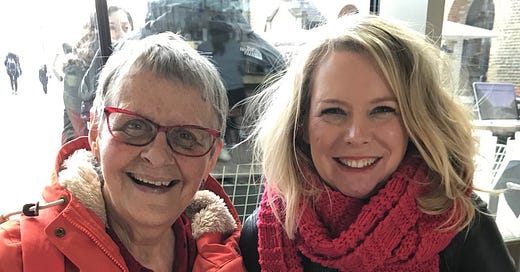Next week, marks publication day for the second time around for Wendy Mitchell. Her new book, What I Wish People Knew About Dementia, will be published by Bloomsbury on January 20th.
This is the second book that we have written together, her first being the Sunday Times Bestseller, Somebody I Used To Know, and I am particularly proud of this new very wise book that we wrote together during the second lockdown.
This morning, Wendy was interviewed on BBC Radio Four’s Today programme, and this weekend, an interview with her will be published in The Sunday Times Magazine. The writer called me last week because she had a few questions about our process and how we worked together. It is no secret that Wendy has a ghostwriter, as she herself admits, if she didn’t you might find the same thing written on every page. But the thing that puzzles people the most is how exactly did we write the book — how is it possible to write a memoir of somebody who has no memory?
It’s a good question.
Her fir…




